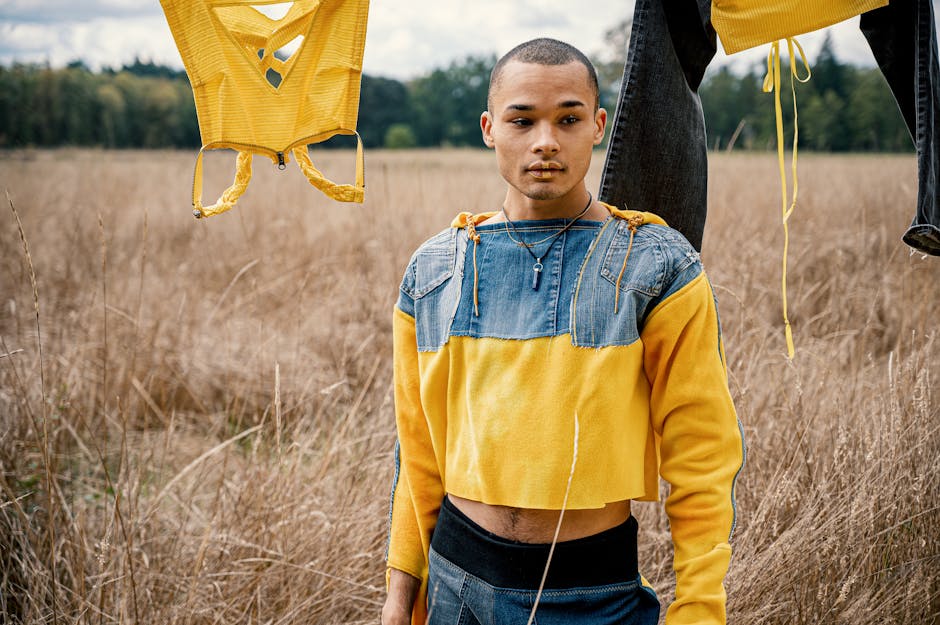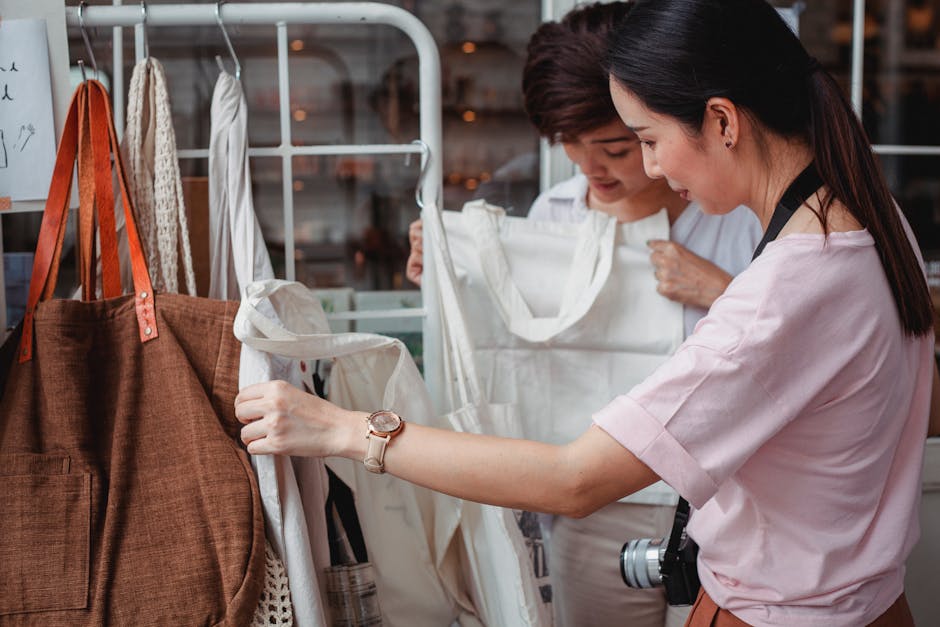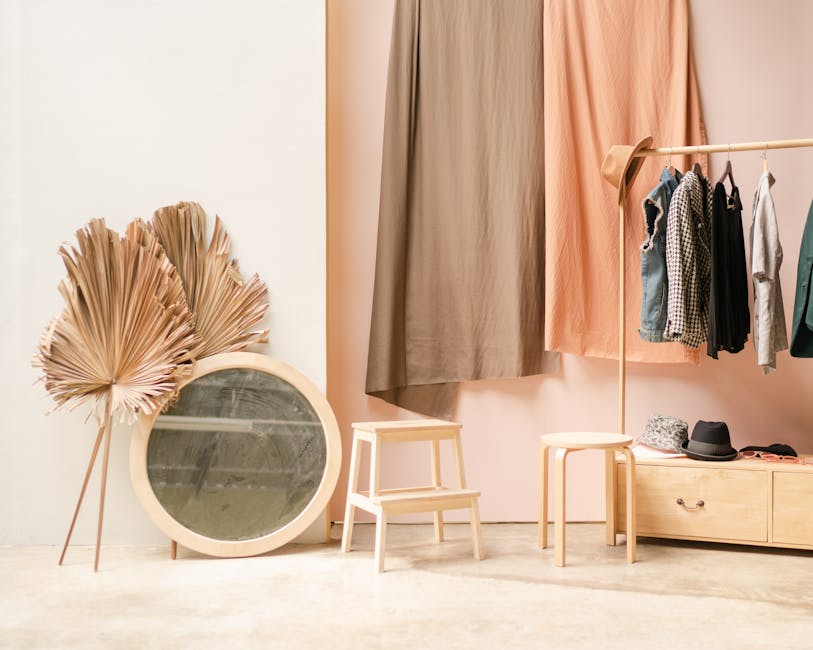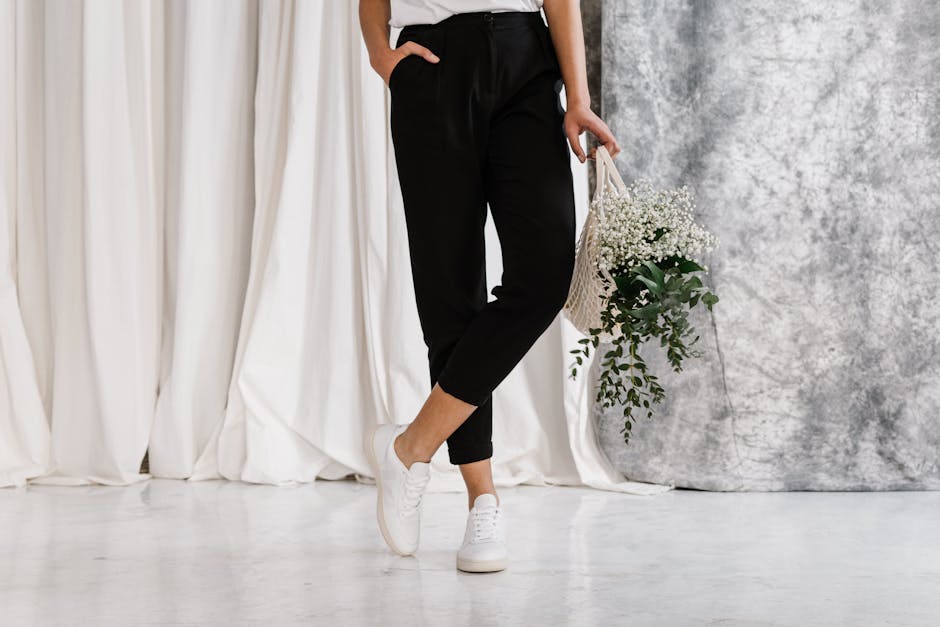Sustainable fashion trends are redefining the way we dress, shop, and express ourselves in 2025. At Style QA, we believe that style is about more than just appearance—it’s about making purposeful choices that reflect our values and contribute to a better world. In this comprehensive guide, we’ll explore how sustainable fashion is leading the way, the key trends shaping the industry, and how you can embrace a wardrobe that’s both stylish and responsible.
The Rise of Sustainable Fashion: Why It Matters in 2025

Photo by Matheus Bertelli on Pexels
Fashion is one of the world’s most influential industries, but it’s also one of the most resource-intensive. In 2025, sustainable fashion trends are more than just a buzzword—they’re a movement transforming the industry from the inside out. Consumers are increasingly aware of the environmental and social impact of their clothing choices. This shift has prompted brands and designers to rethink how clothes are made, worn, and disposed of. The result? A new era of fashion that values quality over quantity, transparency over secrecy, and purpose over fleeting trends.
One of the driving forces behind this change is the growing demand for ethical production and eco-friendly materials. Shoppers are asking where their clothes come from, how they’re made, and what happens to them at the end of their life cycle. As a result, brands are investing in sustainable practices, from sourcing organic fabrics to ensuring fair wages for workers. This conscious approach to fashion is not only better for the planet but also leads to more unique, high-quality pieces that stand the test of time.
In 2025, the rise of sustainable fashion is evident in every aspect of the industry. From the popularity of vintage and upcycled clothing to the emergence of circular fashion models, the emphasis is on reducing waste, conserving resources, and creating a positive impact. The future of style is purposeful, insightful, and sustainable.
Circular Fashion: Closing the Loop on Waste

Photo by KoolShooters on Pexels
One of the most significant sustainable fashion trends in 2025 is the rise of circular fashion. Unlike the traditional linear model—where clothes are produced, worn, and discarded—circular fashion is designed to keep garments in use for as long as possible. This approach emphasizes reuse, repair, recycling, and even composting, ensuring that clothing never becomes waste.
Brands are embracing circular fashion by creating pieces that can be easily repaired or upcycled. Labels are designing modular garments with replaceable parts, offering repair services, and encouraging customers to return worn items for recycling. Fashion rental services and secondhand platforms are booming, making it easier than ever to refresh your wardrobe without contributing to overproduction or landfill waste.
This shift is about more than just reducing waste—it’s about reimagining the entire life cycle of clothing. Circular fashion encourages consumers to view their wardrobe as a long-term investment rather than a disposable commodity. By choosing pieces that can be reused, recycled, or repurposed, you’re not only saving money but also supporting a more sustainable industry. In 2025, circular fashion is not just a trend; it’s a fundamental part of the fashion ecosystem.
Eco-Friendly Fabrics: The New Standard in Sustainable Style

Photo by cottonbro studio on Pexels
The demand for eco-friendly fabrics is at the heart of sustainable fashion trends in 2025. Natural and organic materials like organic cotton, hemp, linen, and bamboo are gaining popularity for their minimal environmental impact and superior comfort. These fabrics are produced using fewer chemicals, less water, and more ethical farming practices, making them a preferred choice for conscious consumers.
Regenerative agriculture is another key development, with brands sourcing fibers from farms that restore soil health and capture carbon. This approach goes beyond sustainability to actively improve the environment. Additionally, recycled materials—such as polyester made from plastic bottles or upcycled denim—are being used to create stylish, durable garments that divert waste from landfills.
Choosing eco-friendly fabrics isn’t just about protecting the planet; it’s also about investing in quality. These materials are often more breathable, hypoallergenic, and long-lasting than their synthetic counterparts. As consumers become more educated about the impact of their choices, eco-friendly fabrics are becoming the new standard for sustainable style in 2025.
Upcycled Fashion: Creativity Meets Consciousness

Photo by Brett Sayles on Pexels
Upcycling is one of the most exciting sustainable fashion trends of 2025. This practice involves transforming old or discarded clothing into new, fashionable pieces. Upcycled fashion celebrates creativity, individuality, and resourcefulness—qualities that are increasingly valued in today’s style landscape.
Designers and DIY enthusiasts are experimenting with patchwork, embroidery, and innovative alterations to breathe new life into vintage garments. From remixed denim to upcycled accessories, the possibilities are endless. Upcycling not only reduces textile waste but also results in one-of-a-kind pieces that tell a story.
This trend is also empowering consumers to take a more active role in their fashion choices. Whether it’s customizing a thrifted jacket or turning fabric scraps into accessories, upcycling encourages a hands-on, mindful approach to style. In 2025, upcycled fashion is more than a trend—it’s a lifestyle that combines sustainability with self-expression.
Minimalism and Versatility: Quality Over Quantity

Photo by Tiến Nguyễn on Pexels
Minimalism is making a major comeback in the world of sustainable fashion trends. In 2025, consumers are moving away from fast fashion and disposable clothing in favor of timeless, versatile pieces that can be mixed and matched. This shift is driven by a desire for quality, simplicity, and longevity in the wardrobe.
Capsule wardrobes—collections of essential, interchangeable items—are gaining popularity for their practicality and sustainability. By investing in fewer, higher-quality garments, you can create a variety of looks without the need for constant shopping. This approach not only saves money and space but also reduces the environmental impact of overconsumption.
Minimalism in fashion doesn’t mean sacrificing style. Instead, it’s about choosing pieces that reflect your personal taste and can be worn in multiple ways. Clean lines, neutral colors, and classic silhouettes are at the forefront of this trend, making it easier to build a wardrobe that stands the test of time. In 2025, minimalism and versatility are key to a more sustainable and stylish future.
Ethical Production and Transparency: The New Fashion Standard

As sustainable fashion trends continue to shape the industry, ethical production and transparency are becoming non-negotiable for brands and consumers alike. In 2025, shoppers are demanding to know more about the people and processes behind their clothes. This has led to a surge in brands that prioritize fair labor practices, safe working conditions, and transparent supply chains.
Ethical fashion goes beyond environmental sustainability to address social justice and human rights. Brands are investing in certifications, traceability, and open communication to build trust with consumers. This shift is empowering shoppers to make informed choices and support companies that align with their values.
Transparency also extends to pricing, materials, and production methods. Brands that are open about their practices are gaining a competitive edge in the market, as consumers seek authenticity and accountability. In 2025, ethical production and transparency are not just trends—they’re essential components of a responsible fashion industry.
How to Embrace Sustainable Fashion Trends in Your Wardrobe

Photo by Nugroho Wahyu on Pexels
Adopting sustainable fashion trends in your own wardrobe is easier than ever in 2025. Start by evaluating your current clothing habits and making small, intentional changes. Choose quality over quantity, opt for natural or recycled fabrics, and support brands that prioritize ethical production. Explore secondhand and upcycled options for unique, eco-friendly finds.
Consider building a capsule wardrobe with versatile pieces that can be styled in multiple ways. Learn basic repair and customization skills to extend the life of your garments. Stay informed about the latest trends and innovations in sustainable fashion, and don’t be afraid to experiment with new styles and ideas.
Remember, every choice you make has an impact. By embracing sustainable fashion trends, you’re not only enhancing your personal style but also contributing to a more ethical and environmentally conscious industry. At Style QA, we’re here to provide the insight and inspiration you need to style with purpose and answer every fashion question with confidence.
Sources
- https://trellis.net/article/10-sustainable-fashion-trends-to-watch-in-2025/
- https://haydenhill.co/blogs/journal/sustainable-fashion-trends-to-watch-in-2025
- https://ecoskills.academy/4-key-drivers-of-sustainable-fashion-in-2025/
- https://www.swagcycle.net/upcycled-fashion-trends-for-2024-whats-in-and-whats-out/
- https://modistas.com.au/blogs/blogs/sustainable-fashion-trends-in-2025

